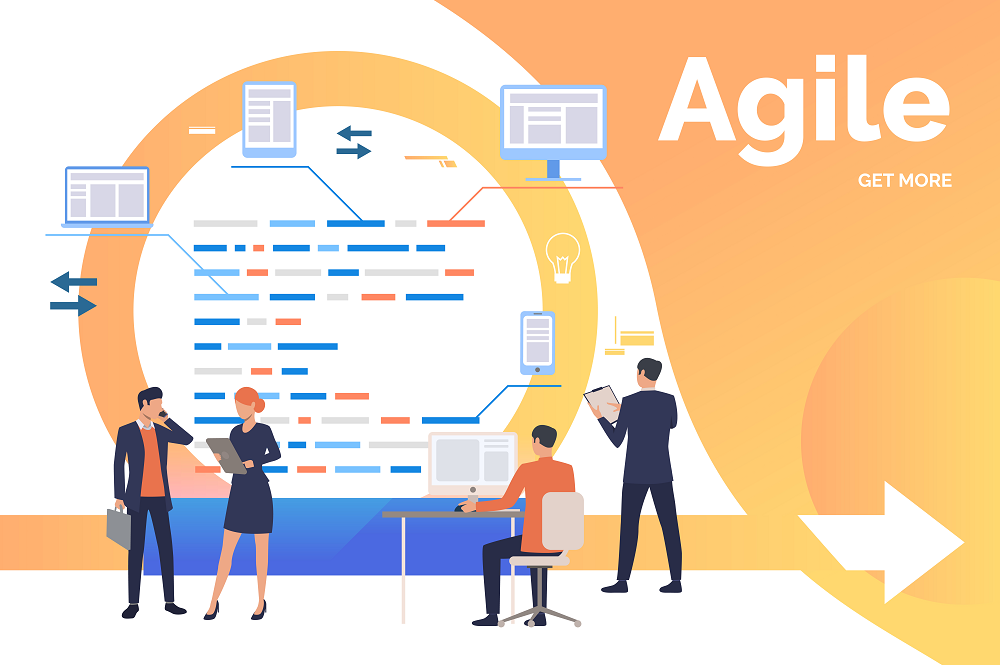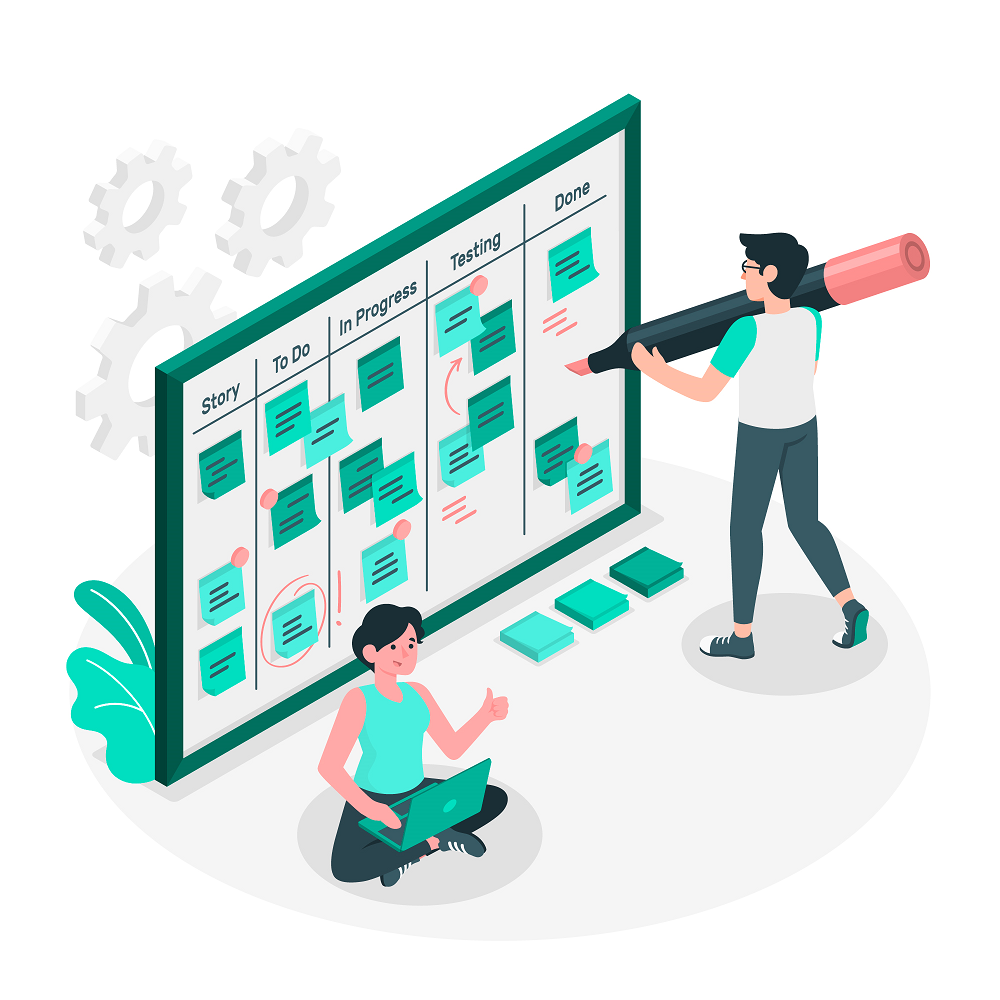
People Area: The Vehicle to Agile Methodology
The agile methodology is a philosophy that allows the establishment of an optimal working and organisational framework. Its implementation is based on dividing the project into small parts and these, in turn, have to be completed and delivered in a short period of time. In this way, it responds to the needs of customers whose priorities are constantly changing.
Adopting the Agile methodology
The adoption of agile methodology goes beyond the IT barrier. Its implementation is all about speed of delivery, improved team relationships and continuous adaptation to customer needs.
Contrary to what many may believe, the real complexity of implementation lies in the mindset and cultural change of companies: developing, improving and preparing the mindset of workers to operate with agile practices. This is where people, talent or HR departments and divisions have a key role to play in the transition to change.
Benefits of implementing agile practices
VUCA environments (volatile, uncertain, complex and ambiguous environments) continue to exist and will continue to do so. Workers are faced with more control, more structure, more constraints and more planning making the adoption of this methodology less effective than might be expected. This is because it is common in work environments to adopt a predict-and-plan approach, which originated in the context of Frederick Taylor’s modern organisations over 100 years ago.
The key to the true implementation of agile methodologies in companies is essentially a shift from a predictive, plan-and-plan mentality to a “Sense-and-Respond” mentality.
Sense-and-Respond” mentality
Basically what this mindset preaches is that once a range of data is internalised, we will act accordingly. According to the latest State of Agiler report, the main problem with adopting this methodology is that 48% of companies remain resistant to change. As we have noted above, it is the HR departments that need to unlock this mindset in order to be able to carry out an implementation that would lead to an improvement at an overall organisational level.
Learning and evolving to a new agile mindset
Human Resources departments are responsible for ensuring that this mentality can be extended to all levels of the company. Moreover, this learning and internalisation will have to be done at a collective and individual level.
Learning new skills for the implementation of the agile methodology is of great importance, as it will be useful to apply new techniques in new frameworks. Such practices require an evolution in the leader’s awareness so that he or she can operate with a Sense-and-Respond mentality.
In short, the adoption of agile methodology requires a profound change at both the organisational and individual level. It is a company philosophy.
The change has to be promoted by the Human Resources department. This area will be responsible for providing the necessary tools for the integral adoption of the agile methodology in order to optimise the functioning of the company, promote the personal and professional growth of the employee and ensure the incorporation of this methodology in their way of working.


